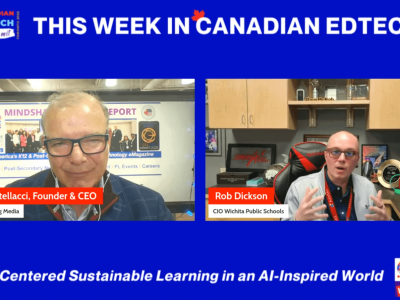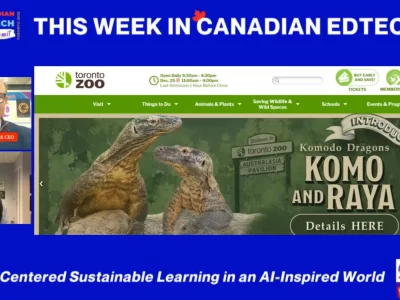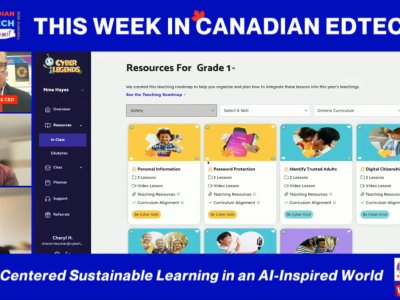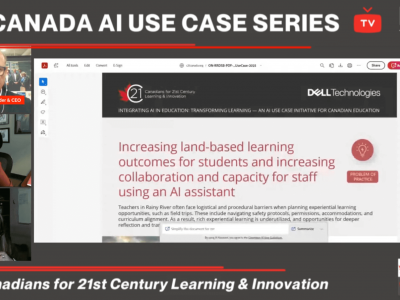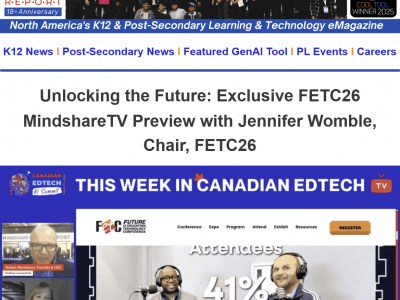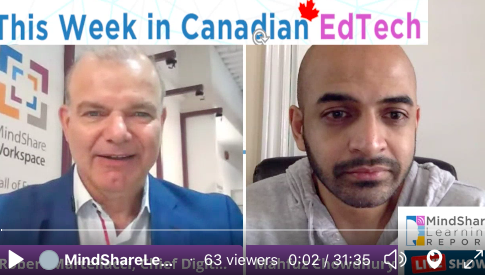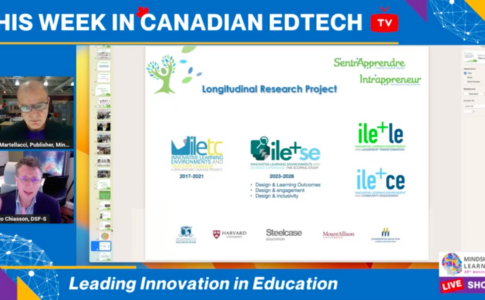In a foundation document for discussion produced by the Ministry of Education in Ontario, entitled Towards Defining 21st Century Competencies for Ontario (Phase 1) one of the key areas identified for some innovative thinking and action to move forward the 21st-century competencies framework are physical spaces. If you’ve tuned into this space in the past, I’ve already written several pieces about the importance of transforming physical spaces that are more conducive to the kind of teaching and learning that supports modified or renewed physical space. We’ve referred to the learning commons model, with further areas delineated as makerspaces. As the document states, “Research supports the notion that where we learn affects the quality of how we learn.” In effect, we need to produce 21st-century learning environments to meet the needs of 21st-century learners.
If you’re a teacher-librarian, administrator, or another stakeholder in your school or district, examine your current library space(s). And if you haven’t started the journey to change your space to become a dynamic learning hub for your school then begin the journey now. We’ll refer to this ‘dynamic learning hub’ as a learning commons. Let me outline – briefly – some considerations as you approach your space. These are simply ‘stimulants’ to deeper thinking. Tweak, abandon, or institute at will! Seek, and you will find!
Seek Student Voice
How do students view your current space? Engage them in a challenge. Ask them to redesign your given space to reflect their learning needs and style. Provide them with some defined parameters – no swimming pools allowed! But seriously, the results you will get will astound you. Students are not constrained by the same things adults are, and they will give you some ideas that will carry forward into your final design. And furthermore, it’s their space anyway. What shouldn’t they have a say?
Seek Parent/Community Voice
When we began our transition – still ongoing! – into a full-fledged learning commons, we involved our parent community. Parents want to be heard, and they will be one of your most vocal groups if they are participating in the design process. They also provide insights into their children that you might have overlooked. One of our parents reminded us that children need new contexts during the day otherwise they can get restless and off task. Not only does a well-designed space inculcate new synergies they can also provide ways that students can work together more constructively. Well-designed spaces have that power! The parent was right; students need new spaces! If you build it, they will come! And if you build it the right way, they’ll come more often.
Seek Flexibility
The space you create should be as flexible as you can make it. Tables that can move, bookshelves that can be easily rearranged, and chairs that can move as well. Also, consider different types of spaces for individual, group and collaborative contexts. You should be able to rearrange your space to make sure you can address a large group, and also facilitate collaborative groups from a central location. Students who enter this space to work in quiet should also find this kind of space to meet their needs in the mix of everything else that is going on.
Seek Inspiration
This space should be the center of the learning universe in your school. The ‘Idea Hub’ of your school community. As mentioned above, the space should be varied. But besides the different types of space, consider various types of tools. You should discuss the range of technologies that you should incorporate into this space. These technologies might include audio and visual tools, designer tools like 3D printers, and building tools like various blocks, robot kits, raspberry pi single board computers (and there are others!), and circuit kits that kids can use in a dynamic, hands-on way.
Seek Community
We are after all trying to encourage real, profound collaborative environments where students can engage in dynamic problem-solving discussions about real-world problems. Call it deep learning at its best. Call it exciting. Call it down right powerful and contagious! And this should happen in community. We know that community doesn’t come without challenges, but we also know that it’s in community that’s fraught with common purpose where these problems are worked out, and real-world results ensue. By community, I mean both local and global. If you design your space with these two foci in mind, you’ll see some incredible results. Students will gain richer learning if they can reach beyond the hegemony of their own sitz im leben.
It’s in community where we become more aware of the need to develop critical thinking skills because in this kind of context challenges become exciting when the sharing happens in a group with a common purpose. And creativity leaps forward because community feeds and frees these synergies. Have you ever found yourself rethinking a problem because another person has offered an idea that changed the course of the discussion? This synergy is a type of creativity. And isn’t creativity, as Aristotle noted so long ago, the pursuit of an inward significance? Problem-solving is also fostered more significantly in a group setting. More than one mind provides more views and more critical questioning.
Conclusion
Building and redesigning your library space into a dynamic learning commons will help to invigorate critical thinking, collaboration, creativity, and problem-solving. And by the very nature of the above, communication is enhanced, almost as a byproduct. Students will begin to see the learning commons as a place for thinking and creating. It will become a meeting place for deep discussions and collaborative problem solving. Teachers can use this space to invigorate fresh ideas or stimulate different thinking about a given line of inquiry. In short, the quality of learning will be enhanced. It’s time to move your library forward from a traditional model to a dynamic one. It should be a place that avoids the constrained type of learning that happens in classrooms an offers an alternative way to pursue deep and rich learning in the 21st century. We want to encourage our students to embrace life-long learning, and to pursue interests that engage them and help them develop the kinds of skills that will make them successful citizens. It’s time to embrace this philosophy and seek a richer, more involved community of learners.
